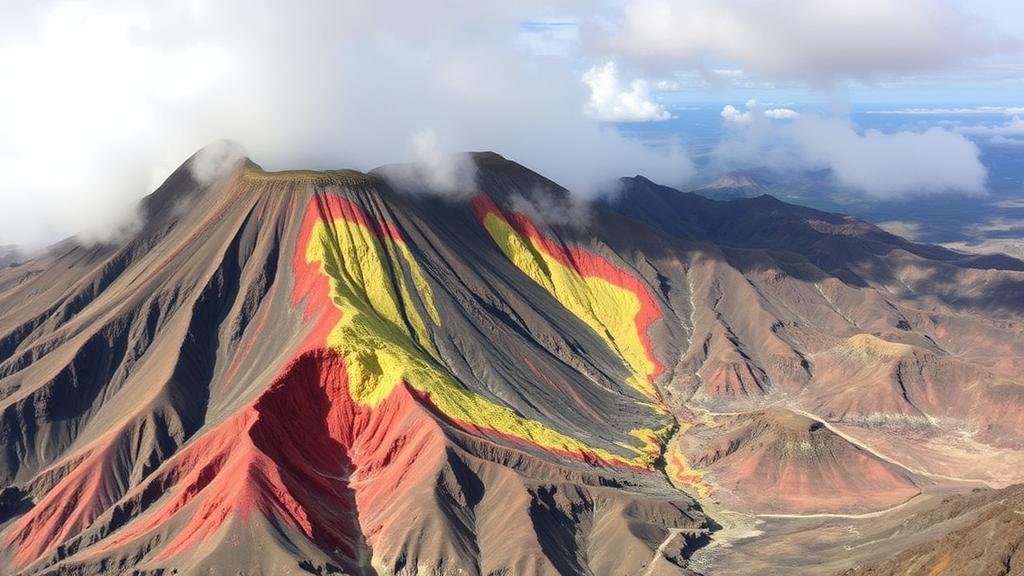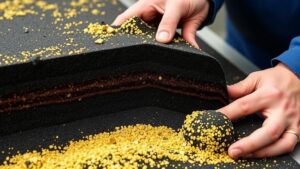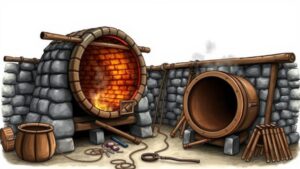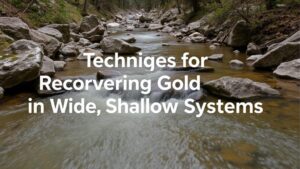Identifying Mineralized Zones in Volcanic Terrains for Silver Recovery
Identifying Mineralized Zones in Volcanic Terrains for Silver Recovery
The exploration and recovery of silver from volcanic terrains is a topic of significant interest within the mining industry. Volcanic terrains often host mineralized zones rich in elements such as silver, copper, and gold. Understanding how to identify these zones is critical for efficient extraction and sustainable mining practices. This article delves into techniques and methods used to identify mineralized zones in volcanic regions, particularly those containing silver.
Understanding Volcanic Terrains
Volcanic terrains, formed through geological processes relating to volcanic activity, often exhibit unique characteristics that influence mineral deposition. These terrains typically include:
- Ignimbrites
- Lavas
- Tuffs
These rock types can host ore bodies due to the mechanisms at play during eruptions, including hydrothermal alteration and the movement of mineral-laden fluids through the rocks. For example, areas surrounding calderas, or volcanic depressions, are often prime spots for mineralization due to historical geothermal activity.
Methods for Identifying Mineralized Zones
Identifying mineralized zones within volcanic terrains requires a combination of geological mapping, geochemical analysis, and geophysical survey techniques. primary methods include:
- Geological Mapping: Detailed mapping of rock types, structures, and alteration zones provides insight into the geological history of a region. This process allows for the identification of volcanic features that are conducive to silver mineralization.
- Geochemical Sampling: Collecting soil and rock samples for chemical analysis can reveal the presence of silver and other associated minerals. High concentrations of pathfinder elements such as arsenic, lead, and zinc can indicate nearby silver deposits.
- Geophysical Surveys: Techniques such as magnetometry and induced polarization can help visualize subsurface structures. e methods track variations in physical properties of rocks, often linked to the presence of mineralization.
Case Studies of Successful Identification
Several mining operations have successfully identified silver-rich mineralized zones within volcanic terrains, demonstrating the effectiveness of these methods. For example:
- La Colorada Mine, Mexico: This underground silver mine has utilized geochemical and geological mapping techniques to pinpoint areas with rich silver deposits associated with the volcanic stratigraphy.
- Pueblo Viejo, Dominican Republic: A world-class gold and silver mining operation where extensive geophysical surveys led to the discovery of significant mineralized zones within volcanic domains.
In these cases, exploration efforts resulted in substantial silver recovery, underscoring the importance of thorough geological assessments.
Challenges and Considerations
While promising, identifying mineralized zones in volcanic terrains also presents challenges. Some potential issues include:
- Complex Geology: Volcanic terrains often show intricate geological structures that can obscure mineralization patterns. Comprehensive analysis and modeling are essential to overcome this complexity.
- Environmental Concerns: Mining in volcanic regions can pose environmental risks, including land degradation and water pollution. Stakeholders must balance recovery efforts with environmental stewardship.
Actionable Takeaways
For mining professionals and geologists, several strategies can enhance the identification of silver mineralized zones in volcanic terrains:
- Use a multidisciplinary approach that combines geological, geochemical, and geophysical techniques for comprehensive exploration.
- Invest in modern technology such as remote sensing and advanced data interpretation software to improve accuracy in locating mineralized zones.
- Engage in continuous monitoring of environmental impacts and community engagement to ensure sustainable mining practices.
To wrap up, identifying mineralized zones in volcanic terrains for silver recovery is a multifaceted endeavor that combines scientific knowledge with modern technology. Through careful analysis and responsible practices, mining operations can effectively harness the mineral wealth of these unique geological settings.



